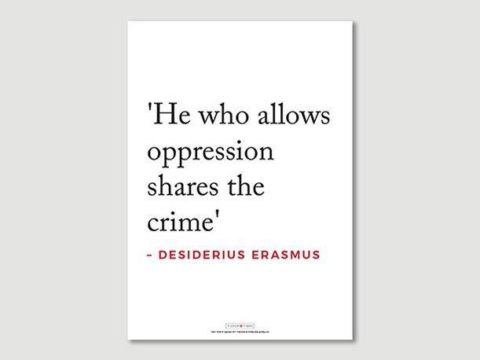James IV: Life Story
A Renaissance Prince
Chapter 3 : Battle of Sauchieburn
In the two years following the death of Queen Margaret, there was talk of a new marriage for James III, with Elizabeth Woodville – widow of Edward IV, and mother-in-law of Henry VII, the new English king. At the same time, the second Prince James, Duke of Ross, was mooted as a spouse for Katherine of York, Edward IV's daughter. The elder Prince James, previously considered for Katherine's older sister, Cicely, during the reign of her father, was not mentioned in these negotiations.
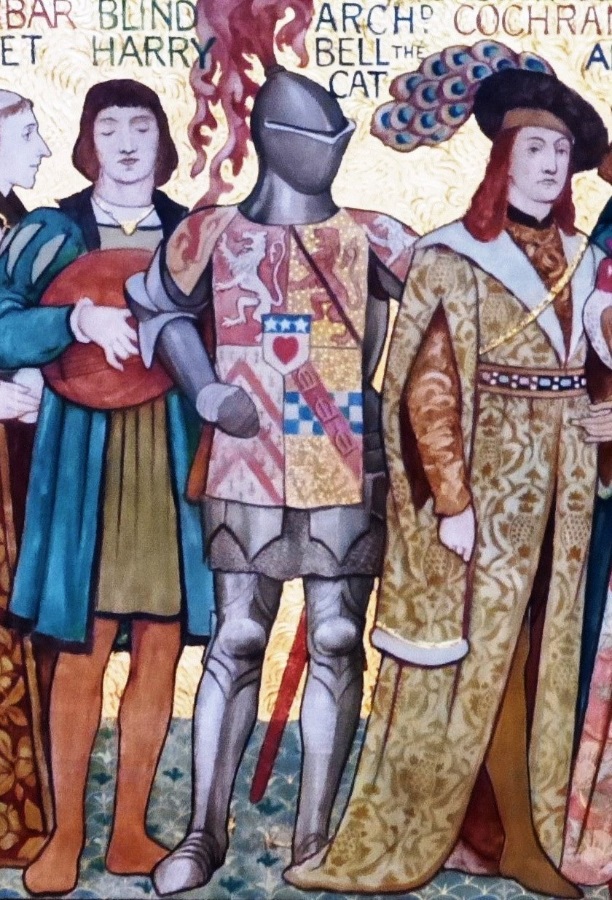
It may be that this promotion of his younger brother worried Prince James, or perhaps there was another cause, but on 2 nd February 1488, Prince James left Stirling without permission and joined a band of rebels, the chief leaders of which were Archibald Douglas, 5th Earl of Angus (known as Bell-the-Cat, although it is not a contemporary nickname), the Earl of Bothwell and Lord Hume.
King James appealed for help to the Kings of France and England – it generally being politic for kings to help each other against disobedient subjects – but no help was forthcoming. The rebel party grew in strength, and also appealed to England for support, claiming, without any evidence so far as is now known, that James III, amongst other crimes and misdemeanours, had poisoned his wife.
Young James was, by March 1488, firmly of the rebel party. He and his father were on a collision course from which only one could emerge victorious. Yet, mindful that rebellion against the king was considered a sin, and should only be considered as a last resort, the rebels put forward proposals for a negotiated settlement.
Called the Articles of Aberdeen, they required some changes in behaviour on James III's part, including better maintenance and training of Prince James – he should be given mentors of "
wisdom and discretion…for the good governance of his person in his tender age."
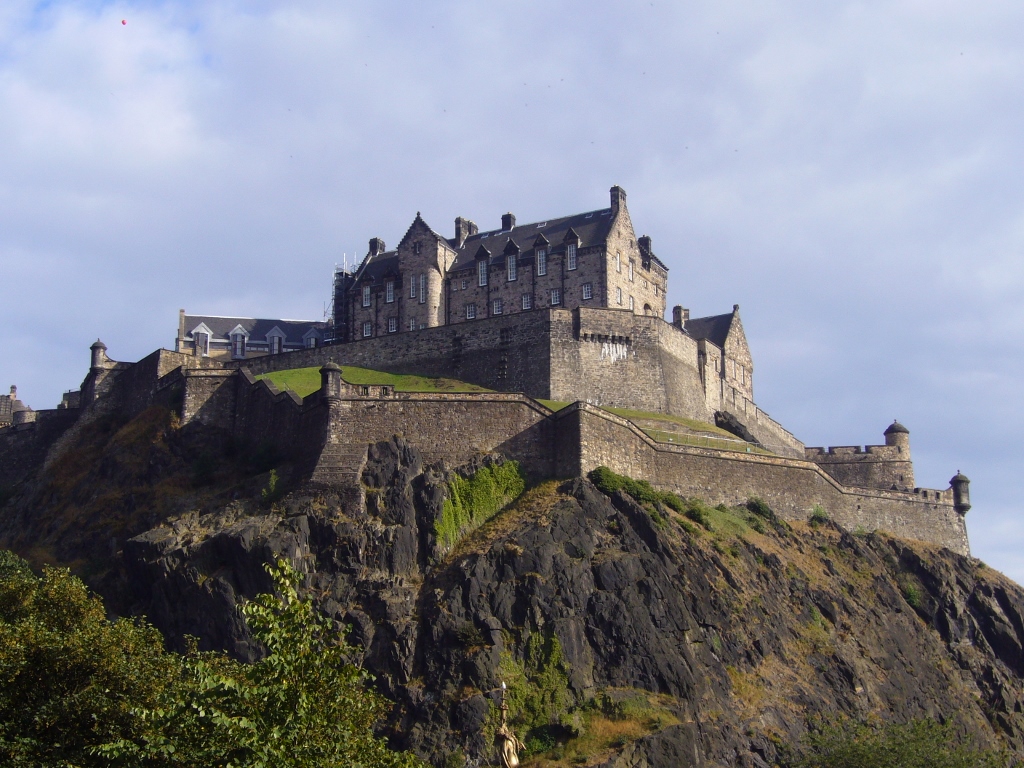
James III signed the Articles, but almost immediately broke their provisions, and leaving the north of Scotland, where he had been gathering support, marched toward Edinburgh Castle and his treasury. He needed all of the ready money he could find to pay his troops, and especially those he hoped to receive from England.
By June 1488, Prince James was in Stirling, and his father in Edinburgh. King James headed for Stirling, on the north side of the Firth of Forth, to avoid a nest of rebels at Linlithgow, and attacked the town on 10
th June. The attack was successful, insofar as the town fell to the King, but Prince James evaded capture.
On 11 th June, the two armies met in earnest, just outside Stirling, not far from the site of the Battle of Bannockburn. King James was brandishing the sword of Robert the Bruce, but it availed him little, as his forces were overcome. King James was killed, either during or shortly after the battle. There are myriad stories as to his fate, including that he escaped to a peasant's cottage, but was assassinated as the priest he had summoned was one of the rebel nobles in disguise.
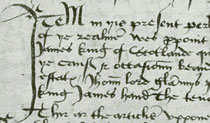
The battle, known for many years as the Battle of Stirling, is generally now referred to as the Battle of Sauchieburn. Prince James was immediately proclaimed as James IV.
At the Parliament held in October 1488, a rather light-weight enquiry was held into the cause of James III's death. It was recorded that he " happinit to be slane". A reward for information on the identity of his killers, of 90 marks' worth of land, lies unclaimed to this day.
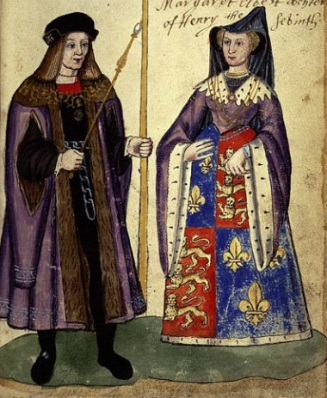
Whatever James IV's immediate feelings, he felt continuing guilt for his father's death, and, as penance, wore an iron belt around his waist for the rest of his life, adding a link each year – though whether that was to increase the penance, or the result of good living, who can tell? An entry in the accounts for six quarters of worsted to pad the belt suggests it was not as uncomfortable as all that.
